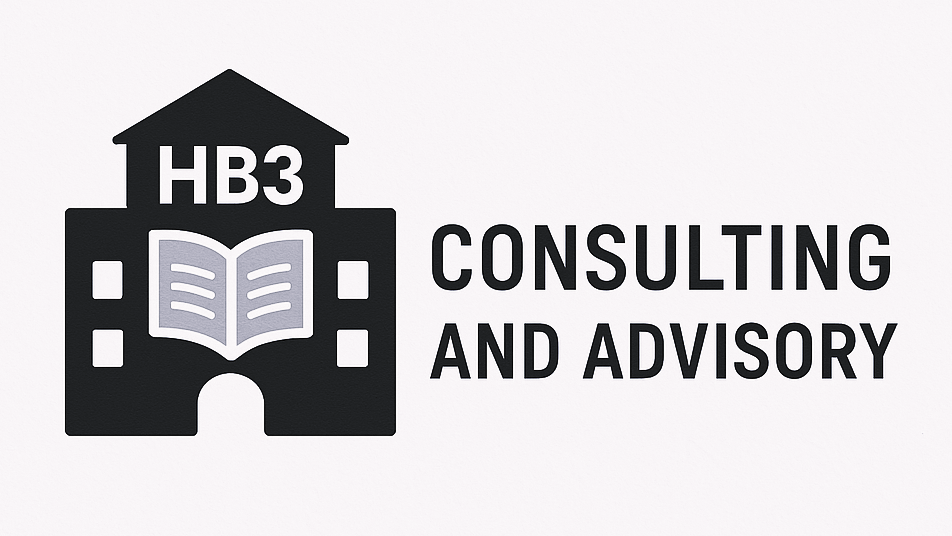Trick and Treat: Surviving Your First School Fall
Opening a school is exhilarating and terrifying at the same time. I know that right now for some of you, it’s the third week of your first term, and a lesson you spent hours planning completely flopped; suddenly you’re questioning everything you thought you knew about teaching. For microschool founders, those moments land even heavier: every success or misstep is magnified, every decision immediate, and every day full of choices that shape your school’s culture. But the truth is, whether you’re leading five students in a microschool or 500 in a growing charter, the first Fall is the ultimate proving ground for your vision, resilience, and adaptability.
This post kicks off a short series designed for founders navigating the early months of a new school’s life. Over the next few posts, I’ll tackle some of the core challenges of building a school from scratch: designing lessons that spark engagement, building feedback systems that actually work, and helping students (and yourself) shed old habits that hold learning back. Think of this as a survival guide for your first year: practical strategies, real-world insights, and a little reassurance that even when it feels chaotic, you are not alone.
Why the first Fall feels so intense
The early months are a blur of excitement and uncertainty, and several factors make them uniquely challenging:
Plans versus reality: Your carefully crafted schedules and lesson plans rarely survive contact with real students. One sudden absence, a tech glitch, or a misread group dynamic can throw a whole day (or week) off course. That’s normal.
Student surprises: Every student brings history, personality, and habits that test your assumptions. Even the quietest kids can upend a lesson; the most engaged can stumble unexpectedly. Learning to read the room is an essential skill, and you’ll develop it fast.
Self-doubt: You’ll second-guess yourself. You might wonder whether your teaching methods, discipline choices, or curricular decisions are the right ones. That doubt isn’t a weakness, it’s the hallmark of reflective leadership.
Resource juggling: Microschool founders often wear every hat: teacher, administrator, communicator, problem-solver. Larger school leaders face similar pressures, though with more hands on deck. Either way, priorities shift faster than any plan.
In small schools, there’s no buffer. Every win is immediate and visible; every misstep lands squarely on your shoulders. That intensity can be exhausting, but it’s also empowering. You see results fast, pivot fast, and often innovate in ways larger schools can’t. By Thanksgiving, you’ll know your students, your teaching team, and your processes better than you imagined, and that insight is invaluable for the months ahead.
Practical strategies for surviving and thriving in your first Fall
1. Document everything.
Keep notes on lessons, student responses, and reflections. That flop you just survived? A week from now, it might reveal a breakthrough about what motivates your students—or how to tweak your approach. Your documentation becomes a map of what works, what doesn’t, and how your school evolves.
2. Build rapid feedback loops.
Ask students, staff, and parents: “What’s helping you? What’s confusing?” Collect their insights and act quickly. This doesn’t mean you need to create a lot of additional work or formal data collection systems. One microschool founder discovered a daily informal check-in with students reduced morning chaos almost overnight. Small changes like this compound into big wins.
3. Prioritize flexibility over perfection.
Plans are guidelines, not commandments. When a lesson derails, that’s when you pivot, adapt, and learn. Mistakes are data points, not disasters. Founders who embrace this mindset often discover innovative approaches that stick long-term.
4. Celebrate small wins.
Did a student finally grasp a tricky concept? Did a team process finally click? Did a parent give unsolicited praise? These moments matter, and b recognizing them, you can keep morale high and remind yourself why you started this work in the first place.
5. Stay connected.
Peer networks, mentors, and fellow founders are invaluable. Sharing the highs and lows helps normalize challenges and provides ideas you might never think of alone. Founders who isolate themselves often burn out faster; those who reach out survive and thrive.
Looking ahead
The first Fall is demanding, but it’s also transformative. In posts over the next few weeks, I’ll dive into:
Designing lessons and projects that captivate students without exhausting you
Building assessment and feedback systems that actually reveal learning
Helping students unlearn unproductive habits and develop a growth mindset
The first Fall may feel overwhelming, but with reflection, flexibility, and support, it can be the most instructive and rewarding season of your school’s life. You are likely to stumble, question yourself, or face surprises, but every challenge is shaping the culture, learning, and leadership that define your school and your students’ success.
